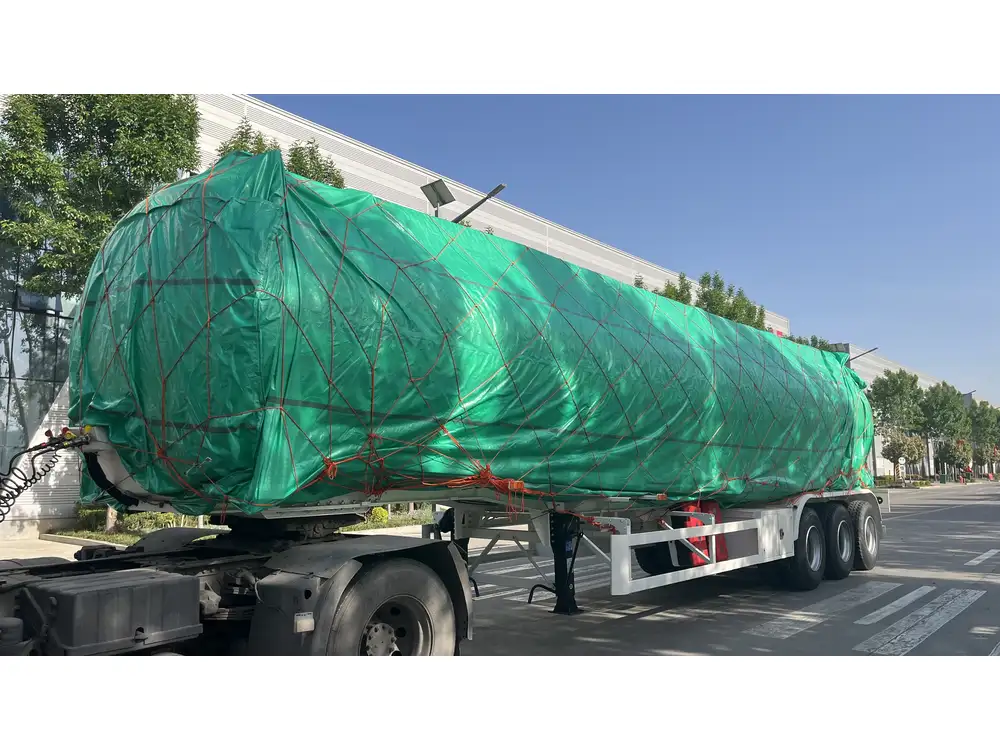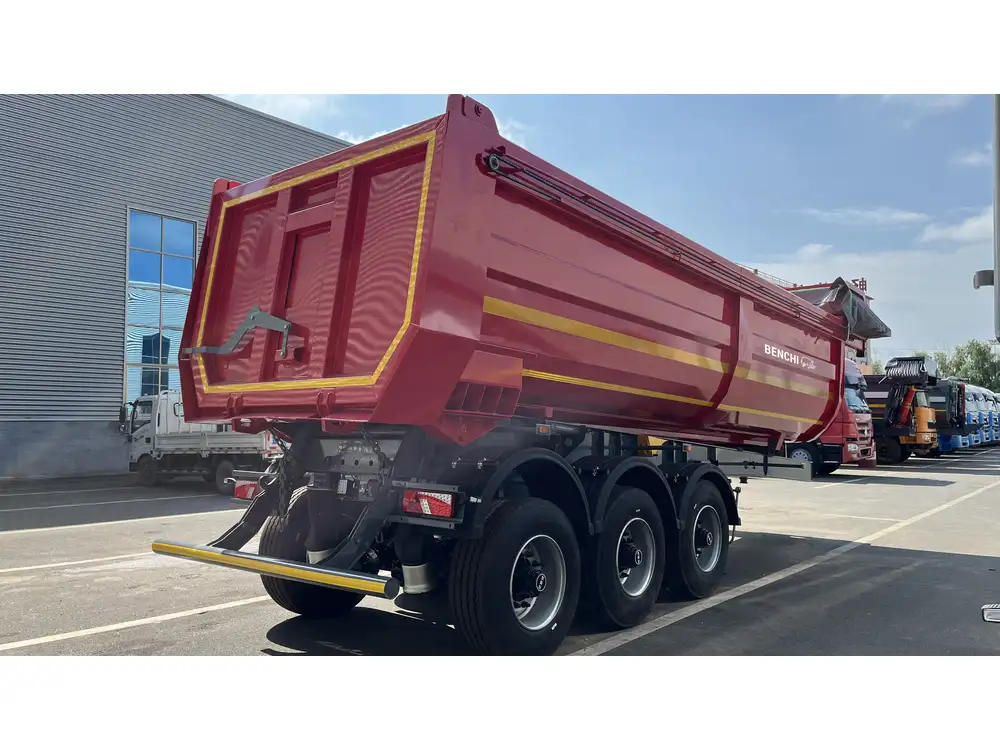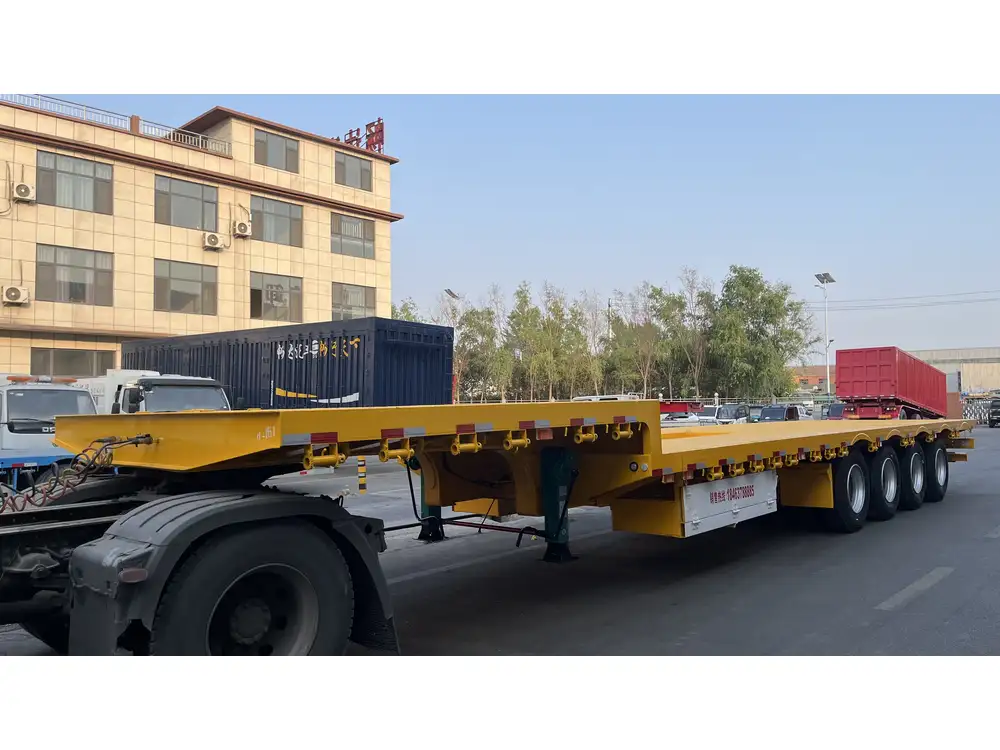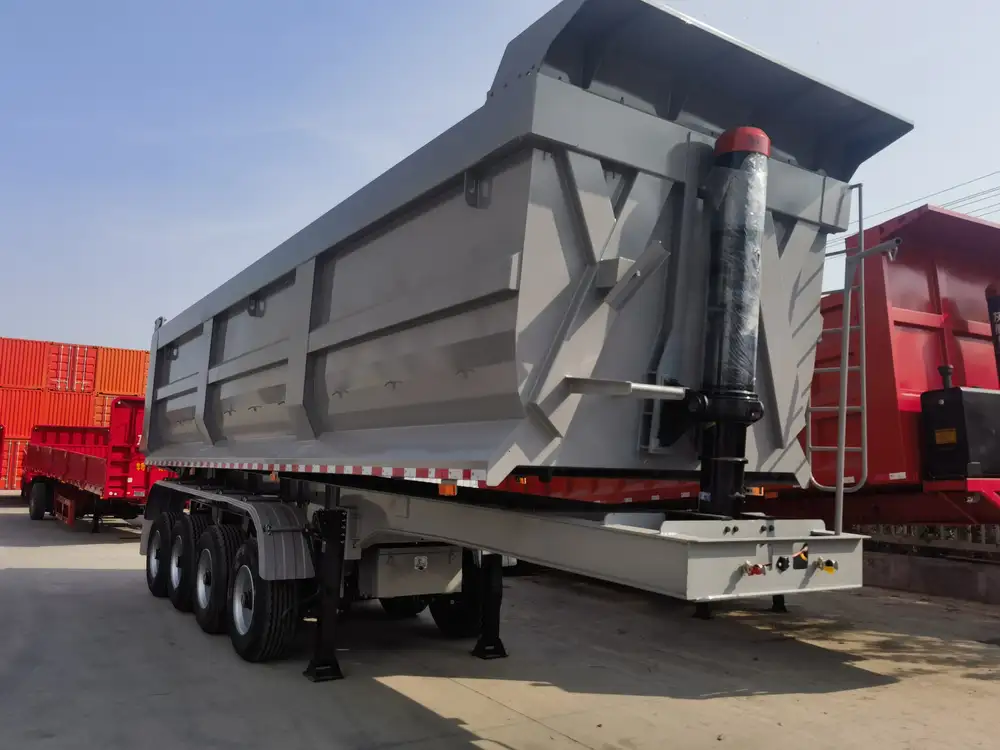Opening a curtain side trailer may seem straightforward, but mastering the intricacies ensures efficiency and safety. In this guide, we will delve into the essential steps, insights, and considerations when opening a curtain side trailer, ensuring that you not only understand the mechanics but also appreciate the nuances involved.
Understanding Curtain Side Trailers
Curtain side trailers are an innovation in logistics, combining the functionalities of flatbeds and enclosed trailers. These trailers feature a flexible, retractable fabric side that allows for easy access to the cargo while maintaining the structural integrity during transit. Here, we break down some of the benefits of using curtain side trailers:
| Benefits of Curtain Side Trailers | Explanation |
|---|---|
| Versatile Loading and Unloading | Side access allows loading/unloading from multiple angles. |
| Protection from the Elements | The fabric sides protect cargo from rain and wind. |
| Weight Efficiency | Generally lighter than traditional box trailers, promoting fuel efficiency. |
| Flexible Cargo Configurations | Adaptable for various types of cargo, from pallets to oversized items. |
Essential Tools and Equipment
Before you begin the process of opening a curtain side trailer, ensure you have the following tools readily available:
- Hands-Free Communication Device: Safety communications cannot be jeopardized.
- Ratchet Straps or Tie-Downs: To secure any loose cargo during the opening process.
- Gloves: Protect hands from sharp edges or rough materials.
- Two Wheel Dolly (if necessary): For repositioning heavy cargo after unloading.
- Safety Cones or Barriers: To ensure a safe working environment around the vehicle.

Step-by-Step Process to Open a Curtain Side Trailer
With the right tools in hand and an understanding of the operation, let’s explore the step-by-step method for opening a curtain side trailer.
1. Secure the Vehicle
Before you start, make sure the semi-truck is parked on a level surface.
Engage the Parking Brake: This prevents any movement while the trailer is being opened and loaded.
Check Surrounding Area: Confirm that there is ample space around the trailer, free from obstructions and pedestrians.
2. Remove Cargo Securing Straps
Next, you will need to remove any cargo securing mechanisms:
Identify Tie-Down Points: Usually located at the top and bottom of the curtain area.
Carefully Loosen Straps: Use the ratchet straps or lever mechanism to release tension and safely remove each strap. Always perform this step methodically to avoid damage to the cargo.

3. Prepare the Curtain Mechanism
Curtain side trailers typically employ either a manual or automatic opening system:
Manual Systems
Locate the Access Point: This is usually at the rear or front of the trailer.
Unhook the Curtain Clips: These are typically located along the frame. Ensure that no clips are stuck or damaged.
Automatic Systems
- Engage the Control Mechanism: If your trailer utilizes hydraulics or an electrical system, check the power supply and activate the open function.

4. Open the Curtains
At this point, you can proceed to actually open the curtain sides:
Manual Operation
- Pull the Curtain Open Evenly: Grasp the fabric and pull it toward you. Ensure there is no excessive force on one side to prevent tearing or damaging the fabric.
Automatic Operation
- Monitor the Movement: Keep an eye on the curtain as it retracts to ensure it is moving smoothly without hindrance.

5. Secure the Curtain in Place
With the curtains open, it’s vital to keep them secured to avoid accidental closure:
Use Ties or Hooks: Most trailers have built-in mechanisms to hold the curtains open.
Assess Cargo Stability: Verify that the cargo remains secure and stable before unloading.
6. Unloading Cargo Safely
When dealing with heavy loads, safety is paramount:
Communicate with Crew: If working with a team, communicate clearly about the unloading process.
Use Appropriate Equipment: Heavy items should be moved with dollies or forklifts. Manual lifting should always be a last resort.
7. Close the Curtain After Loading/Unloading
Once all cargo has been loaded or unloaded, close the curtain correctly to ensure it does not suffer from wear and tear:
Fold Curtains Neatly: Simple folds will help prevent creases that can lead to wear.
Reattach Clips Securely: Confirm that all clips and hooks are fully engaged to avoid any operational mishaps during transport.

Maintenance Tips for Curtain Side Trailers
Longevity and optimal performance require regular maintenance of curtain side trailers. Here are essential maintenance tips:
- Routine Inspection: Regularly inspect the fabric and mechanisms for wear and tear. Check for any frayed edges or loose clips.
- Clean the Fabric: Keep the curtain surface clean to prevent dirt buildup. Mild soap and water suffice; avoid harsh chemicals that may damage the fabric.
- Lubricate Mechanisms: Ensure that the rollers and tracks (if applicable) are lubricated to avoid sticking during operation.
- Inspect Structural Components: Regularly check the frame and overall trailer structure to ensure integrity.
Navigating Common Challenges
While opening a curtain side trailer is generally straightforward, common issues can arise. Here, we dissect these challenges and propose effective solutions.
Fabric Snagging
Problem: Snags in the fabric can create tears and impede functionality.
Solution: Always inspect the fabric before operation. Ensure that there are no obstructions that might catch on the curtain.

Excessive Wind
Problem: Strong winds can complicate the opening process and may lead to damage.
Solution: If windy conditions are present, consider setting up a windbreak or postponing the operation until more favorable weather.
Unsecured Loads
Problem: If cargo is not secured properly, it may shift during transport.
Solution: Always double-check cargo security before departing. Use sufficient tie-downs and ensure that weight distribution is even.
Conclusion: Mastering the Art of Curtain Side Trailer Operation
Understanding how to open and operate a curtain side trailer is essential for anyone in the logistics and transportation industry. It’s not merely about completing the task at hand—it’s about honing your technical skills, ensuring safety, and enhancing the efficiency of cargo handling. By familiarizing yourself with the steps outlined above, maintaining your equipment diligently, and preparing for common challenges, you position yourself to excel in a competitive field.
Equipping yourself with this knowledge not only optimizes your operational workflow but also contributes to the longevity of your investment in semi-trailers. With every curtain you open, you are not only unveiling the cargo within but also opening the doors to a streamlined, productive transport experience.



